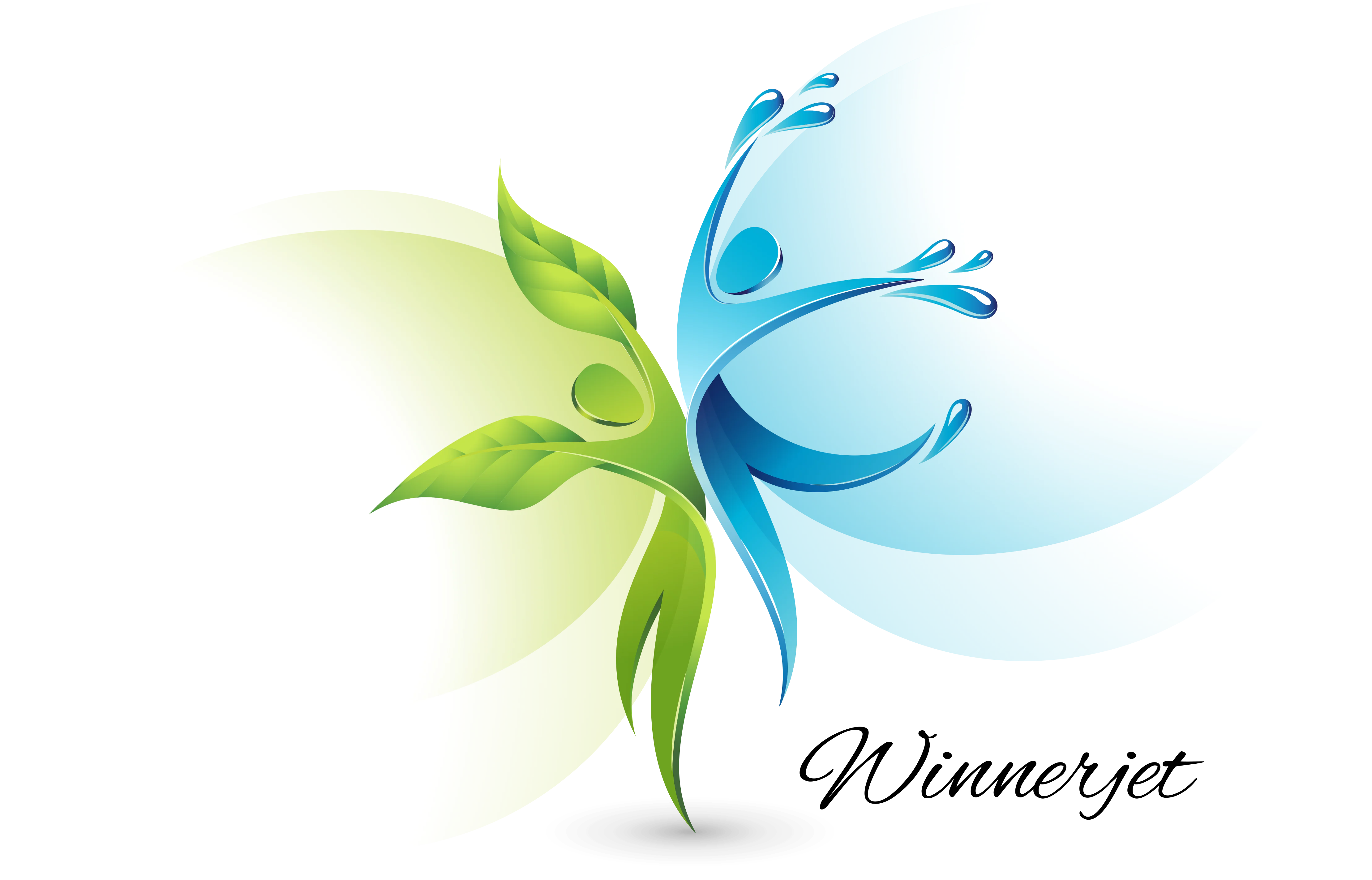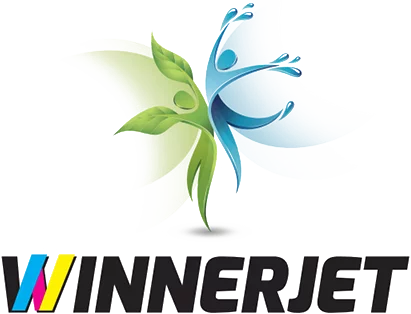DTF transfer size has a great impact on the aesthetics of customized garments, and the correct size ensures that the print is coordinated and aesthetically pleasing on the garment. However, choosing the right size is a complicated matter and requires consideration of factors such as garment type, print position, and print size.
Don’t worry; this article starts from the transfer film size, clothing print position, print size, etc., to bring you familiar with and master choosing the right DTF transfer size. Let’s go!
What IS DTF Transfer?
DTF transfer printing mainly transfers the pattern to the fabric by heat to get a vibrant print; very suitable for T-shirts, sweatshirts, and so on. You can click the video for more information.
Common DTF Transfer Film Sizes

DTF Film is necessary for DTF printing and transferring, and the common sizes are divided into the following two types:
- DTF Printer Sheet: A4(8.27 x 11.69″), A3 (11.69 x 16.54″), A3+(12.95 x 19.02″).
- DTF Printer roll film: 30CM 33CM 42CM 60CM 120CM.
Before printing, you need to design your printing size and choose the DTF film size that must be larger than the printing size to ensure the integrity of the printing.
Common print positions in garments (T-shirts as an example)
DTF transfers can be printed in various positions on a t-shirt; here are some common print positions on t-shirts:
- Chest Area: The left or right side of the chest is usually printed with a small logo or design. Usually used for small Logo brands.
- Full Chest: A design that covers the entire width of the chest with graphics, logos, and text, suitable for trendy street-style t-shirts.
- Centre Chest: Located right in the center of the chest, usually a simple logo or text is placed.
- Full Front: Covering the entire front of the T-shirt, suitable for displaying large, detailed designs or graphics that showcase the brand’s culture.
- Back: The back of the T-shirt is a popular location for larger prints, especially for band T-shirts, event T-shirts, or any design that requires a large canvas.
- Shoulder: Small graphics or text can be printed on the shoulder area, which is a unique position for personalizing a t-shirt.
- Sleeves: Print a single design on the sleeve or a series of designs running the length of the sleeve.
- Pockets: for T-shirts with pockets, small designs can be printed on the pockets themselves to make the whole stand out.
- Neckline: On the front or back, print simple text or an intricate design around the neck.
- Sides: Printing on the left and right sides of the T-shirt, from the waist up to the armpits, creates a slimming effect and adds dimension to the design.
- Waistline: a small pattern or text can be printed near the hem of the T-shirt for an understated yet distinctive placement.
- 3/4 Sleeve: Extending the print from the shoulder to the elbow can create a unique and stylish look.
Different positions can have a significant impact on the final look of a T-shirt, so it’s important to choose the position that best suits your design and consumer preferences.
Common DTF transfer sizes and recommended usage scenarios

- Small Square: (2‘ x 2’ / 5.1 x 5.1 cm): suitable for small logos, icons, or cuff prints. Ideal for t-shirt cuffs or collar backs and also for patches on hats.
- Medium Square: (3‘ x 3’ / 7.6 x 7.6 cm): suitable for small chest logos or pocket prints, used on polo shirts or t-shirt chest pockets to add a unique but not overpowering design.
- Small Rectangle: (4‘ x 2’ / 10.2 x 5.1 cm): suitable for cuff prints or small logos. Its long shape is suitable for name badges, small text elements, or minimalist designs along the hem of a shirt or trousers.
- Medium Rectangle: (5‘ x 3’ / 12.7 x 7.6 cm): suitable for a small badge or name badge. This size fits in the front pocket area of an apron, uniform, or overalls.
- Larger square : (4‘ x 4’ / 10.2 x 10.2 cm): suitable for small badges or decorative cuff prints. A popular choice for a variety of design applications, for the back-of-collar designs or small center chest labels.
- Large Square: (5‘ x 5’ / 12.7 x 12.7 cm): suitable for medium badges or small back prints. This size is typically used for center chest labels on t-shirts, promotional apparel, or custom tote bags.
- Medium Square: (6‘ x 6’ / 15.2 x 15.2 cm): suitable for a medium chest label or medium back print. This size is more common and is often used for detailed artwork on hoodies, jackets, or medium-sized patches.
- Large Square: (7‘ x 7’ / 17.8 x 17.8 cm): suitable for medium to large chest prints. Typically used for team logos on sweatshirts, large front prints on hoodies, or custom graphic tees.
- Large Square: (8‘ x 8’ / 20.3 x 20.3 cm): suitable for large chest logos or medium back prints. This size is suitable for large center designs on t-shirts or hoodies and detailed back prints on jackets.
- Large Square: (9‘ x 9’ / 22.9 x 22.9 cm): suitable for prominent chest labels or back prints. Typically used for bold front prints on hoodies, large graphic tees, or statement pieces in fashion collections.
- Rectangle: (9‘ x 11’ / 22.9 x 27.9 cm): suitable for medium to large prints, including back prints. This size is typically used for full-back prints on jackets or promotional hoodies.
- Large Square: (10‘ x 10’ / 25.4 x 25.4 cm): suitable for large chest logos or full front prints. This size is typically used for large graphic t-shirts, front prints on hoodies, or center designs on sportswear.
- Wide Rectangle: (11‘ x 5’ / 27.9 x 12.7 cm): ideal for large logos or banners. Its long shape is perfect for text-based designs, wide logos, or decorative elements along the hem or sleeves of garments.
- Extra Large Square: (11‘ x 11’ / 27.9 x 27.9 cm): suitable for large badges or back prints. This size is suitable for designs that need to be highly visible and impactful, offering plenty of room for creativity.
- Medium Rectangle: (11‘ x 14’ / 27.9 x 35.6 cm): suitable for large prints, including full front or back prints. This size is typically used for full-back designs on jackets, front prints on hoodies, or detailed graphic tees.
- Large Rectangle: (12‘ x 17’ / 30.5 x 43.2 cm): for extra large prints or oversized designs. This size is commonly used for full-back designs on jackets, oversized t-shirt prints, or large banners at promotional events.
Conclusion
When you choose your DTF transfer size, consider the style of the garment, the placement of the print, the message you want to convey, and the overall aesthetic you want to achieve. Combine all of these factors to get a sizable custom garment.
Frequently Asked Questions
What sizes of DTF transfer paper are available?
Available in small (3‘ x 3’), medium (10.5‘ x 10.5’) and large (12‘ x 12’). Special sizes include pocket prints (3.5‘ x 3.5’) and oversized options (up to 15‘ x 15’).
Can I use a larger transfer size than recommended?
Yes, but be mindful of the size and overall aesthetics of the garment. Sizes that are too large may result in an incomplete transfer.
What is the best size for an adult t-shirt?
The standard size is generally 11‘ x 11’ but will vary depending on personal preference and design details.
Are there different sizes for DTF transfers on hoodies?
Yes, larger transfers are usually applied to hoodies, and common sizes for back designs range from 12‘ x 12’ to 15‘ x 15’.
Is there a size limit for DTF transfers on hats?
Hats typically use smaller transfers, approximately 4.75‘ x 2.75’, so that they fit well and don’t take up design space.


